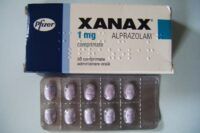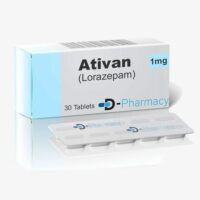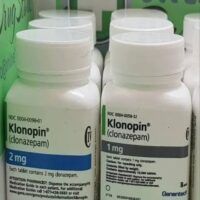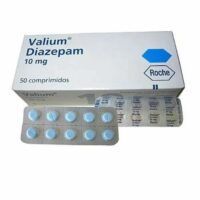Adinazolam is a medication used primarily in the treatment of anxiety and depression. It is a benzodiazepine derivative with anxiolytic (anxiety-reducing), antidepressant, and sedative properties. Though it is less commonly prescribed compared to other benzodiazepines, it is valued for its unique profile and efficacy in managing certain mental health conditions.
Key Features:
- Anxiolytic Effects: Adinazolam is effective in reducing symptoms of anxiety, providing relief from excessive worry, tension, and stress.
- Antidepressant Properties: In addition to its anxiolytic effects, Adinazolam has antidepressant properties, making it useful for treating certain forms of depression.
- Sedative Effects: It has sedative properties that can help with insomnia or other sleep disturbances related to anxiety and depression.
- Unique Mechanism: Adinazolam has a distinct mechanism of action compared to other benzodiazepines, potentially offering benefits where other treatments may be less effective.
Dosage and Administration:
- Standard Dosage: Dosage typically starts low and is adjusted based on individual response. Common starting doses may be around 10 mg to 30 mg daily, divided into two or three doses.
- Adjustments: Dosage adjustments are made based on therapeutic response and tolerability, under the guidance of a healthcare provider.
Potential Side Effects:
- Drowsiness: Can cause drowsiness or sedation, affecting daily activities and alertness.
- Dizziness: May lead to dizziness or light-headedness, particularly when standing up quickly.
- Cognitive Impairment: Potential for memory issues, confusion, or impaired concentration.
- Dependence: Risk of physical dependence or addiction with long-term use, especially if taken in higher doses.
- Withdrawal Symptoms: Discontinuing the medication abruptly can cause withdrawal symptoms, including anxiety, agitation, and tremors.
Legal Status:
- Prescription Medication: Adinazolam is a prescription-only medication and is classified as a controlled substance due to its potential for abuse and dependence.
- Regulation: It is regulated by health authorities and should be used under medical supervision to minimize risks.






